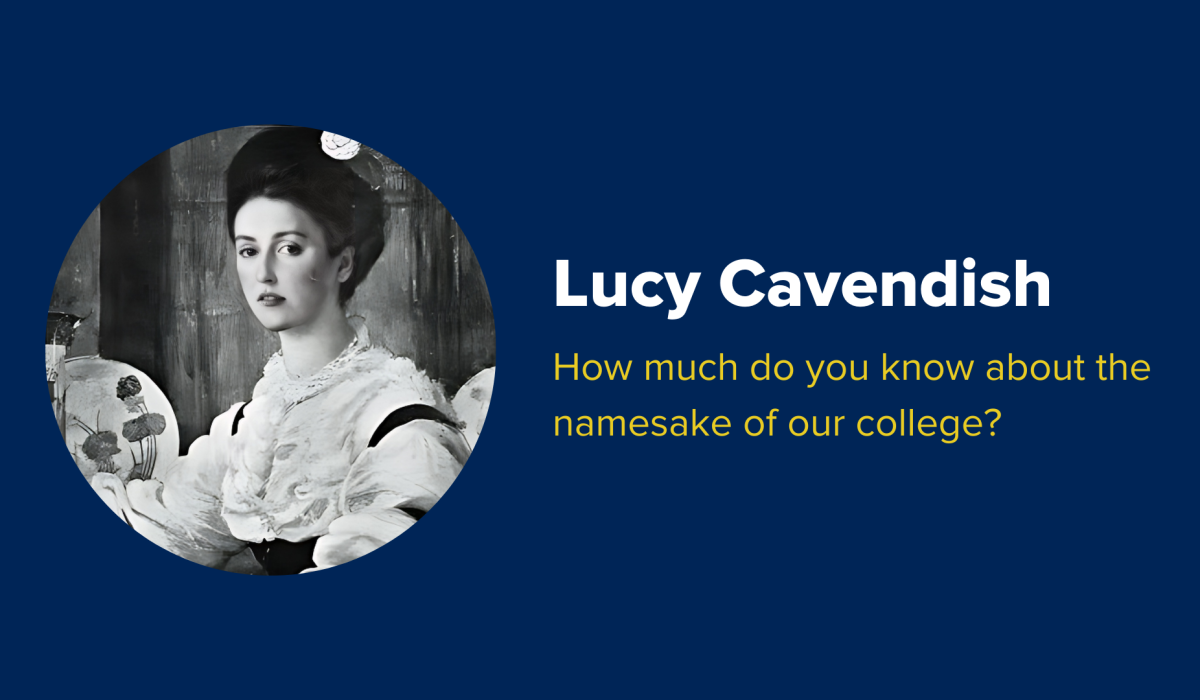How much do you know about the namesake of our college?
Lucy Cavendish, born in 1841, was a true inspiration, who dedicated her life to her work in the pursuit of equality in education.
Born into an aristocratic family, she was a Maid in Honour to Queen Victoria, until her marriage to Lord Frederick Cavendish, a politician, which lasted eighteen years until his untimely death. This sad event would become a turning point, steering Lucy towards her lifelong dedication to the cause of women's education.

She became an active member of the Ladies Diocesan Association, an organization committed to bridging the socioeconomic divides of the time. Through her work, she frequently visited workhouses, providing support and fostering connections between the wealthy and the impoverished.
Lucy's leadership extended to her role as the President of the Yorkshire Ladies Council of Education, where she focused on the cause of women's education. Despite being offered the prestigious position of Mistress of Girton College, Lucy chose to decline, opting instead to concentrate her efforts on the Girls’ Public Day School Company as a founding member. It is here she focused on creating affordable educational opportunities that were, at the time, scarce.
Lucy’s impact extended beyond her lifetime, and recognizing her contributions, Cambridge University named its first postgraduate college for women after her in 1965. Lucy Cavendish College was founded by female academics who, inspired by Lucy's vision, sought to expand the horizons for women's education at a time when only Girton and Newnham Colleges excepted women at Cambridge.
Today, Lucy Cavendish College follows in its namesakes steps, continuing to empower students from any background. With a mission to support and unlock the potential of students from non-traditional and underrepresented backgrounds, the college strives to support students who are driven by a desire to make a difference and who are committed to having a positive and lasting impact on society.
If you want more information about Lucy and her work, read the document below written by Dr. Jane Renfrew
Image Credits: https://www.nationaltrustcollections.org.uk/object/889957.42




